A novel technique developed by Max Planck researchers in Göttingen, Germany, can visualise individual atoms in a protein with cryo-electron microscopy for the first time.
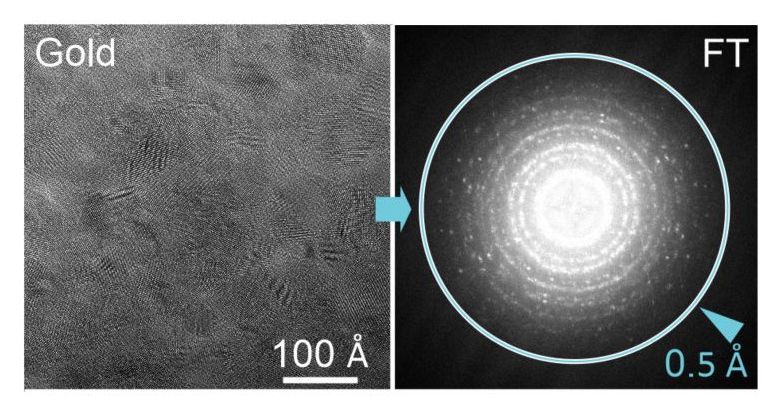

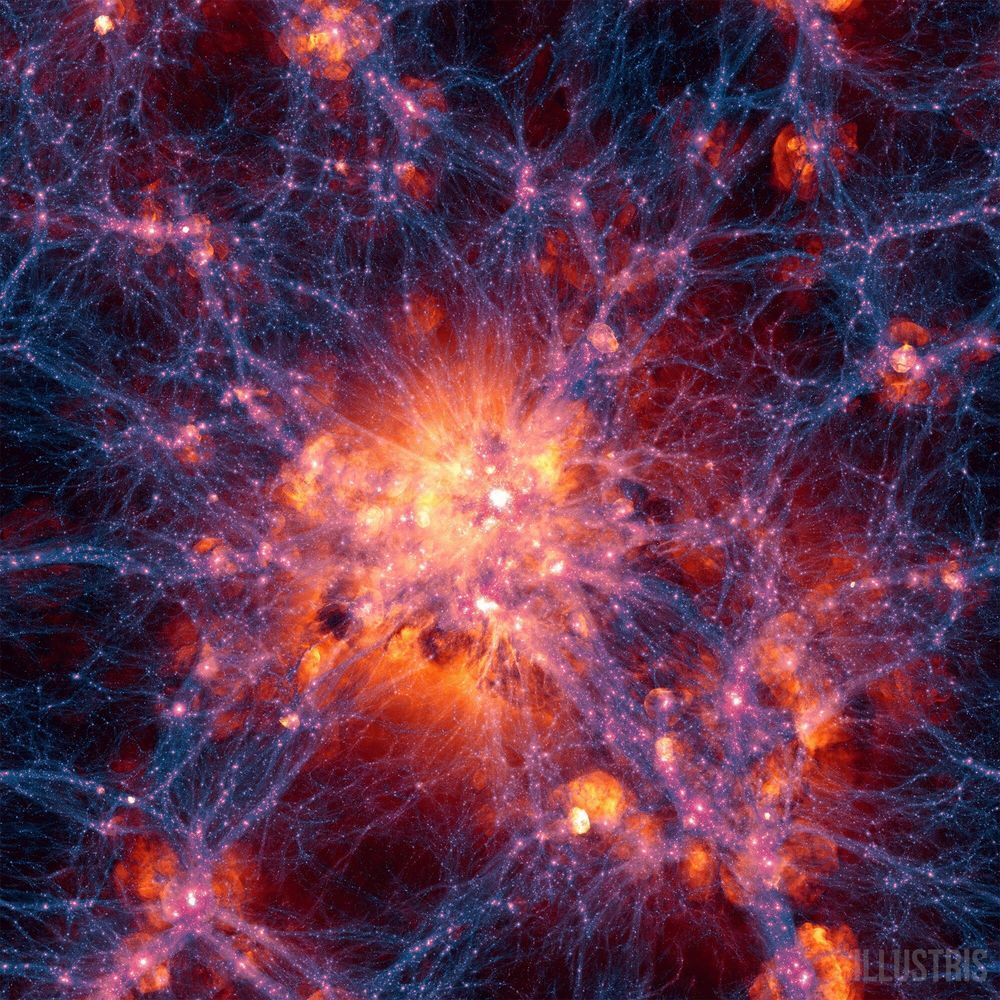
Optical clocks are so accurate that it would take an estimated 20 billion years—longer than the age of the universe—to lose or gain a second. Now, researchers in the U.S. led by Jun Ye’s group at the National Institute of Standards and Technology and the University of Colorado have exploited the precision and accuracy of their optical clock and the unprecedented stability of their crystalline silicon optical cavity to tighten the constraints on any possible coupling between particles and fields in the standard model of physics and the so-far elusive components of dark matter.
The existence of dark matter is indirectly evident from gravitational effects at galactic and cosmological scales, but beyond that, little is known of its nature. One of the effects that falls out of theoretical analysis of dark matter coupling to particles in the standard model of physics is a resulting oscillation in fundamental constants. Ye and collaborators figured that if their world-class metrology equipment could not detect these oscillations, then this apparently null result would be useful confirmation that the strength of dark matter interactions with particles in the standard model of physics must be even lower than dictated by the constraints so far on record.


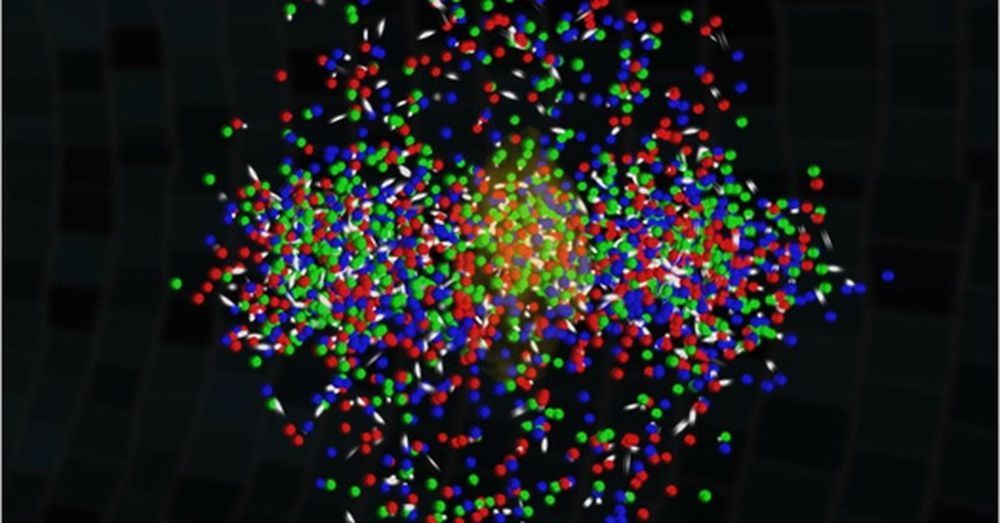
Circa 2010
Until the LHC finally gets up to full speed, Brookhaven National Lab’s Relativistic Heavy Ion Collider (RHIC) remains the world’s most powerful heavy ion smasher. And on Monday, they showed off some of that power by announcing that a recent collision resulted in the hottest matter ever recorded. Coming in at a scorching 7.2 trillion degrees Fahrenheit, the plasma not only recreated the environment of the Big Bang, but might have also resulted in the temporary formation of a bubble within which some normal laws of physics did not apply.
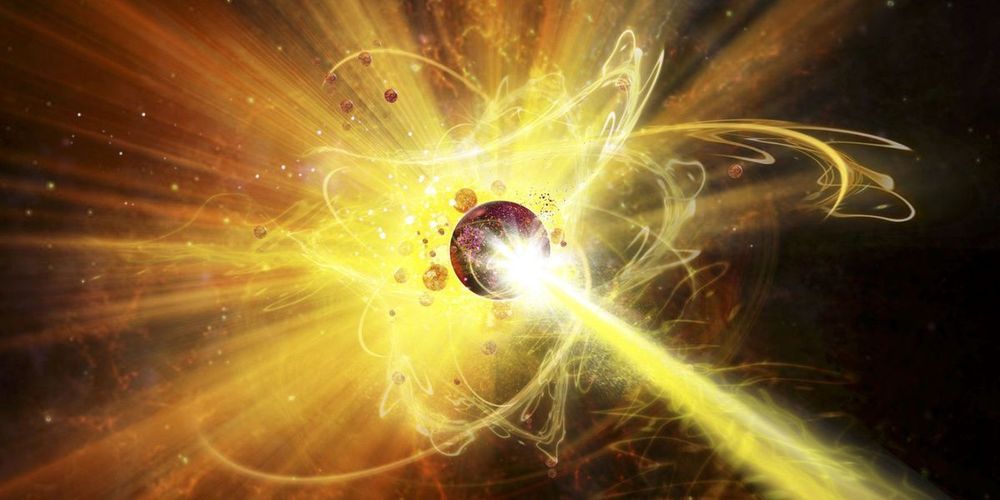
Circa 2017
In a few decades, we might get all our power from nuclear fusion. Researchers have been working to build functional nuclear fusion reactors, which mimic the fusion reactions that occur in the sun to generate power. Once we figure out fusion power, we could use these generators to power our lives for decades.
New technology could deliver “clean, limitless, low-voltage power for small devices”.
The rippling thermal motion of a tiny piece of graphene has been harnessed by a special circuit that delivers low-voltage electrical energy. The system was created by researchers in US and Spain, who say that if it could be duplicated enough times on a chip, it could deliver “clean, limitless, low-voltage power for small devices”.
Brownian motion is the random movement of a tiny particle that is buffeted by atoms or molecules in a liquid or gas – and the idea of harnessing this motion to do useful work has a long and chequered history. In the early 1960s, the Nobel laureate Richard Feynman popularized a thought experiment known as the “Brownian ratchet”, which had been conceived in 1912 by the Polish physicist Marian Smoluchowski. This involves a paddle wheel that is connected by an axle to a ratcheted gear. Both the paddle wheel and the ratchet are immersed in fluids. The system is imagined as being small enough so that the impact of a single molecule is sufficient to turn the paddle. Because of the ratchet, the paddle can only turn in one direction and therefore it appears that the Brownian motion of the paddle can be harnessed to do the work of turning the axle.
However, Feynman showed that if the two fluids were at the same temperature, collisions throughout the system would prevent this from happening. The only way work could be done, argued Feynman, is if the fluids are a different temperature, making the Brownian ratchet a heat engine.
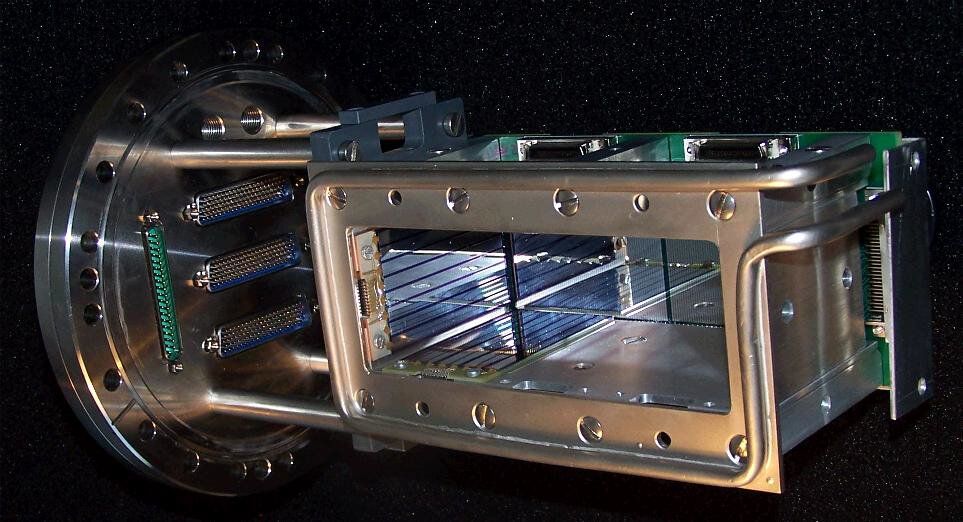
Gaining a better understanding of the limiting factors for the existence of stable, superheavy elements is a decade-old quest of chemistry and physics. Superheavy elements, as are called the chemical elements with atomic numbers greater than 103, do not occur in nature and are produced artificially with particle accelerators. They vanish within seconds.
A team of scientists from GSI Helmholtzzentrum fuer Schwerionenforschung Darmstadt, Johannes Gutenberg University Mainz (JGU), Helmholtz Institute Mainz (HIM) and the University of Jyvaeskylae, Finland, led by Dr. Jadambaa Khuyagbaatar from GSI and HIM, has provided new insights into the fission processes in those exotic nuclei and for this, has produced the hitherto unknown nucleus mendelevium-244. The experiments were part of “FAIR Phase 0,” the first stage of the FAIR experimental program. The results have now been published in the journal Physical Review Letters.
Heavy and superheavy nuclei are increasingly unstable against the fission process, in which the nucleus splits into two lighter fragments. This is due to the ever-stronger Coulomb repulsion between the large number of positively charged protons in such nuclei, and is one of the main limitations for the existence of stable superheavy nuclei.
The double slit experiment — Does consciousness create reality? Quantum mechanics shows us that particles are in superposition, meaning they can exist in different states and even multiple places at the same time. They are nothing more than waves of probabilities, until the moment that they are measured. One interpretation of this phenomenon is that the measurement being made requires a measurer, or a conscious observer. If this is correct, then it implies that consciousness has to be is an integral part of creating the world that we observe. Could this consciousness then be required for creating reality? Does this mean that there would be no reality without consciousness?
Experiments can show that what we think of as particles behave like waves. Waves of probabilities. This is the foundation of Quantum mechanics. The famous double slit experiment illustrates this. What is bizarre is that when you try to find out what’s going on at the slits by placing a detector at the two slits to try to figure out which slit the individual atoms are going through – the “WHICH WAY” information, they all of a sudden stop behaving like waves, and behave like particles.
Why do atoms and other particles behave this way? There are many interpretations of this phenomenon.
The most widely accepted interpretation, called the Copenhagen interpretation, was devised in 1925 by Neils Bohr and Werner Heisenberg at the University of Copenhagen. Their theory proposed that the atom when it is not measured, is not distinct. But the Copenhagen interpretation does not say anything about consciousness. But what is measurement after all?
Does measurement take place at the instrument that measures it? Does measurement necessarily require a consciousness? This is called the “measurement problem of quantum mechanics.” Physicists do not universally agree on a resolution. There are various interpretations.
One such interpretation is called the von Neumann–Wigner interpretation. This says that in the long chain of measurement, the collapse occurs at the moment that a consciousness interprets the measurement. The consciousness of the physicist is making the particle distinct. And without this consciousness, the atom would just be a wave of probabilities.
